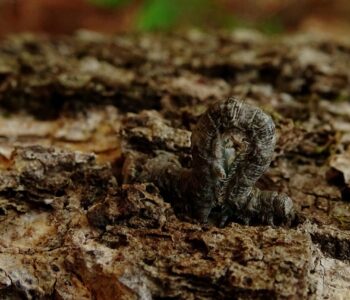 Insects
Insects
Inchworm, inchworm…you’ll go far!
 Inchworms seem to be everywhere in the sping and summer and youn children are often mesmerized by them. I remember when I was a kid I used to catch them by their silken thread and watch them “inch” along on the palm of my hand. I never thought much about them beyond that, except that I had one I used to ride. Remember those?
Inchworms seem to be everywhere in the sping and summer and youn children are often mesmerized by them. I remember when I was a kid I used to catch them by their silken thread and watch them “inch” along on the palm of my hand. I never thought much about them beyond that, except that I had one I used to ride. Remember those?

I also remember a song I used to sing about an inchworm that went like this (written by Danny Kaye in 1952):
- Two and two are four
- Four and four are eight
- Eight and eight are sixteen
- Sixteen and sixteen are thirty-two
- Inchworm, inchworm,
- Measuring the marigolds,
- You and your arithmetic,
- You’ll probably go far.
- Inchworm, inchworm,
- Measuring the marigolds
- Seems to me you’d stop and see
- How beautiful they are.
What exactly are those tiny little green worms? Once when my daughter asked me, I was stumped and had nothing to say except “it’s a little green worm.” How lame an answer was that! After a lifetime of seeing them I had never done the research to figure out what their role is in the ecosytem
I recently Googled “inchworm” and was very interested in what I learned. According to Wikipedia inchworms are the larvae of the  Geometer moth. They are green, grey, or brownish and hide from predators by fading into the background or resembling twigs. Many inchworms, when disturbed, stand erect and motionless on their rear legs.
Geometer moth. They are green, grey, or brownish and hide from predators by fading into the background or resembling twigs. Many inchworms, when disturbed, stand erect and motionless on their rear legs.
Armed with this information, my kids and I went outside to search for them. I explained that the tiny caterpillar eventually turns into a moth. We were enthralled by watching them flying on their silken string threads wondering where they would end up.
Bugs are always a great way to connect children with nature. They are easily accessible and are interesting to watch. It is amazing how something so tiny can be the subject of hours of play and learning…for both of us!


